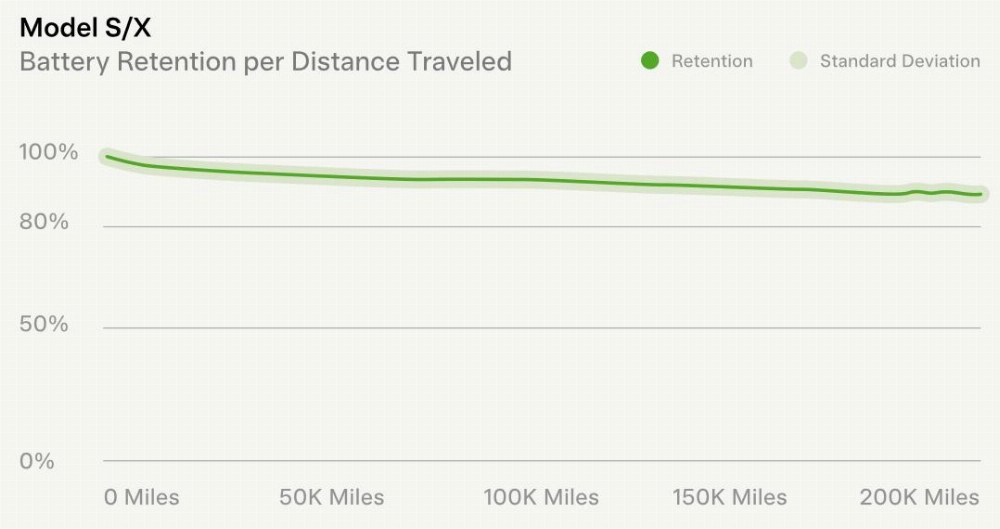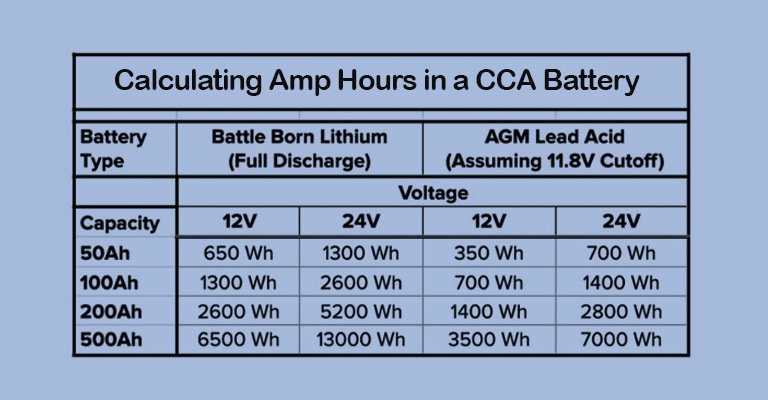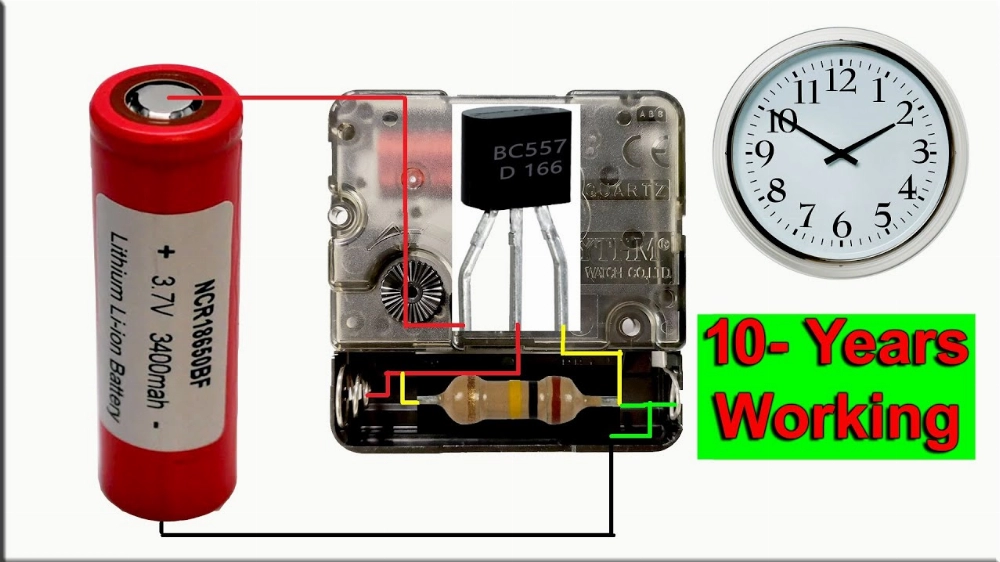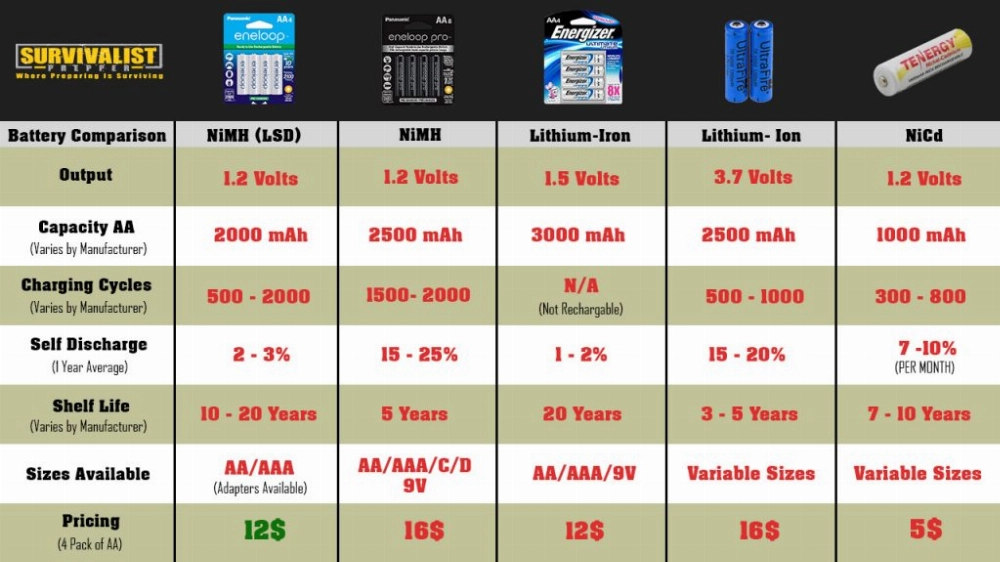Can Battery Degradation Be Reversed? Battery Health Insights
As reliance on batteries grows in sectors like electric vehicles and portable electronics, the issue of battery degradation becomes more prominent. Battery degradation refers to the gradual decline in a battery’s ability to hold and deliver charge over time. Understanding this phenomenon is crucial for anyone who uses battery-powered devices. In this article, we will explore the concept of battery degradation, the factors that cause it, and the latest research aimed at reversing or minimizing its effects.
Part 1. What is Battery Aging?
Battery degradation refers to the decline in a battery’s performance and capacity over time. Several factors contribute to this decline:
- Chemical Reactions: Every time a battery is charged or discharged, chemical reactions occur within the battery. Over time, these reactions can produce detrimental byproducts that reduce the battery’s efficiency.
- Physical Changes: Repeated charging and discharging cycles can cause structural changes in the materials inside the battery. This can lead to the formation of dendrites, which are tiny, needle-like structures that can cause short circuits.
- Effect of Temperature: Extreme temperatures can significantly accelerate aging. High temperatures can speed up chemical reactions, while low temperatures can slow down the movement of ions within the battery.
Understanding these factors helps us better appreciate why batteries degrade and how we can mitigate the process.
Part 2. How Battery Chemistry Affects Degradation?
The chemistry inside a battery plays a vital role in its lifespan and overall performance. Lithium-ion batteries, commonly used in many of today’s electronics, are prone to degradation, in part due to their reliance on the movement of lithium ions between the anode and cathode.
- Lithium-Ion Movement: During charging, lithium ions move from the cathode to the anode; during discharge, they return. Over time, some lithium ions may become trapped in inactive regions of the battery. This trapping leads to capacity loss because these ions are no longer available to participate in charging and discharging cycles.
- Electrolyte Decomposition: The electrolyte in lithium-ion batteries can degrade due to chemical reactions with other materials inside the battery. This degradation reduces conductivity and increases internal resistance, further impacting battery performance.
Researchers are working to improve battery longevity and performance by studying these chemical processes.
Part 3. Can Battery Degradation Be Reversed?
While completely reversing battery degradation may be impossible due to the irreversible nature of some chemical changes, recent research indicates that some promising techniques can partially restore capacity:
- Recovering Inactive Lithium: A study from Stanford University demonstrated that specific charging protocols could remobilize isolated lithium within the battery back to the electrodes. This process may restore up to 30% of the battery’s lost capacity.
- Optimizing Charging Techniques: Anecdotal evidence suggests that adjusting charging habits can improve battery performance. Varying charge levels and occasionally performing full charge-discharge cycles may help balance battery activity and slow aging.
These findings suggest that while a full reversal of degradation is not currently feasible, there are ways to optimize battery performance and extend its lifespan.
Part 4. Techniques for Maintaining Battery Health
To extend battery life and minimize degradation, consider implementing the following maintenance techniques:
- Avoid Extreme Temperatures: Keep batteries at moderate temperatures whenever possible. Avoid leaving devices in hot environments or exposing them to freezing conditions. High temperatures accelerate the chemical reactions that lead to degradation.
- Optimize Charging Habits: Instead of fully charging devices to 100% each time, consider stopping at around 80% for daily use. This helps reduce strain on the battery, which can extend its lifespan.
For more information on how to optimize battery performance, check out our Maintenance Guide for Electric Vehicle Lithium Batteries.
Part 5: What are the latest advancements in reversing battery aging?
Recent advancements in battery technology present promising opportunities for reversing battery aging:
- Rapid Discharge Techniques: Researchers have found that rapidly discharging a battery after charging helps move inactive lithium back into active areas within the battery. This technique shows potential in restoring some of the lost capacity.
- New Materials: Material science breakthroughs are yielding more durable electrodes resistant to dendrite formation and other forms of battery degradation. These innovations can significantly improve the overall lifespan of batteries.
- Battery Management Systems (BMS): Advanced BMS technologies enable better monitoring and management of charging cycles. By optimizing usage based on real-time data, BMS systems help extend battery longevity.
These advancements indicate a bright future for battery technology, with researchers continuing to explore methods to enhance performance and lifespan.
Part 6: What role does user behavior play in battery life?
User habits significantly impact battery aging:
- Charging Habits: Frequently using fast charging or leaving devices plugged in overnight can accelerate battery wear. It’s recommended to charge devices when they reach around 20% battery level rather than letting them drain completely or keeping them plugged in for extended periods.
- Usage Patterns: Frequently using power-intensive apps or features can also speed up degradation. To mitigate this, minimize the use of these energy-intensive applications.
By being mindful of charging and usage habits, users can help extend the lifespan of their devices’ batteries and maintain optimal performance.
Part 7: Are there any misconceptions about reversing battery aging?
There are several common misconceptions about reversing battery aging:
- Misconception 1: You can fully restore an aged battery to its original capacity.
Reality: While some methods can recover partial capacity, complete restoration is typically not possible due to irreversible chemical changes within the battery cells. - Misconception 2: All batteries degrade at the same rate.
Reality: Different types of batteries degrade at different rates, depending on their chemistry and usage patterns. For example, lithium-ion batteries degrade differently compared to nickel-cadmium or lead-acid batteries.
Understanding these misconceptions helps manage realistic expectations regarding current battery restoration techniques and practices.
Part 8: How are manufacturers addressing battery aging?
Manufacturers are increasingly focused on addressing issues related to battery aging:
- Warranty Policies: Many companies now offer warranties that cover significant capacity loss within a certain period. This ensures consumers are protected against premature battery failure.
- Software Updates: Manufacturers frequently release software updates to optimize charging algorithms based on user behavior. These updates help improve efficiency and extend battery life by tailoring charging patterns to different usage scenarios.
These initiatives reflect a commitment from manufacturers to enhance user experience and promote responsible consumer behavior.
Part 9: Frequently Asked Questions
- Can I fully reverse an aged lithium-ion battery?
While some methods can recover partial capacity, complete reversal is typically not possible due to irreversible chemical changes within the battery cells. - What are the signs of battery aging?
Common signs of battery aging include shorter charge intervals, slower device performance, and unexpected shutdowns.
Tips for Optimizing Battery Performance
Understanding Your Device’s Battery Life
Over time, your device’s battery health can degrade. If you notice sudden shutdowns or rapid battery drain during use, it may be necessary to re-evaluate your charging habits or consider replacing the battery. These signs suggest the battery is no longer performing optimally.
How Often Should You Calibrate a Lithium-Ion Battery?
To maintain the optimal performance of your lithium-ion battery, it’s recommended to calibrate it every few months. Calibration involves fully discharging the battery and then recharging it completely. Calibration helps the device accurately display the remaining power, providing a more reliable user experience.
Does Temperature Affect Battery Life?
Yes, extreme temperatures can negatively impact battery life. Both excessively high and low temperatures can accelerate the chemical reactions within the battery, thus speeding up its degradation. For optimal battery health, it is best to keep your device at room temperature.
Are There Apps That Can Monitor Battery Health?
There are several apps available that can help you monitor your device’s battery health and usage patterns. These apps offer valuable insights into battery performance, helping you make more informed decisions about battery maintenance. For the most accurate results, be sure to use an app that is optimized for your device.
Related Articles
- How to Safely Remove Battery Corrosion from Metal Contacts
This guide provides detailed steps for cleaning battery corrosion from metal contacts, including safety precautions and cleaning techniques. - The Difference Between Portable Chargers and Power Banks
Learn the differences between portable chargers and power banks, and how each is used to charge devices on the go. - Lithium-Ion Jump Starter Guide
This guide details how to use, maintain, and safely operate a lithium-ion jump starter, explaining why it’s a smart choice for automotive emergencies. - What is a Portable Battery Charger?
Learn about the definition, working principles, and internal construction of portable chargers to better understand this essential device. - How to Choose the Right Battery Pack for Your Needs
This guide covers key factors such as capacity and safety to help you select the ideal battery pack.








